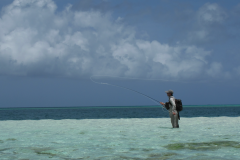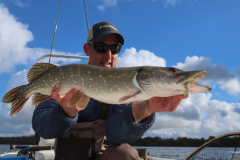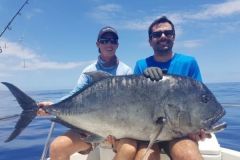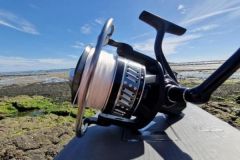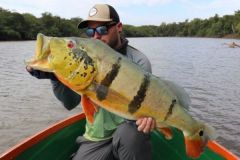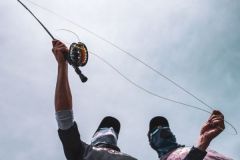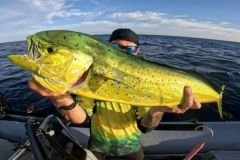On your first exotic fishing trip, it's important to decide which species to go for first. Bonefish are generally the target fish on a first trip.
However, each destination has its own specific characteristics, both in terms of fishing opportunities and the packages on offer.
Here, there are two types of stay. DIY (Do It Yourself) fishing, where you fend for yourself, and lodge or all-inclusive fishing, where everything is organized for you, often at a higher cost.
As a first-time traveler, this all-inclusive option is the most reassuring and will certainly give you the best chances of success and capture.
Bonefish fishing
For your first fishing trip to a warm or exotic sea, I can't recommend going to a destination where bonefish fishing is known to be interesting. This is by far the most common species found on the flats, but also one of the easiest to catch. It's a great way to enjoy a powerful, combative fish. The Bahamas is one of the best destinations for this species.
Bonefish are found throughout the Caribbean, in Venezuela, Cuba, Mexico, Belize, Florida, the Bahamas and Guadeloupe. In the Indian Ocean, bonefish are caught mainly in the Seychelles, but also on Christmas Island. Then there are the Pacific islands of Cook Island and Hawaii, as well as New Caledonia, renowned for its very large specimens.
It is mainly caught by wadding on the flats (shallow area), but sometimes by boat depending on the destination and the nature of the bottom. Shrimp imitations are most commonly used to catch this fish, and small crabs are also excellent.
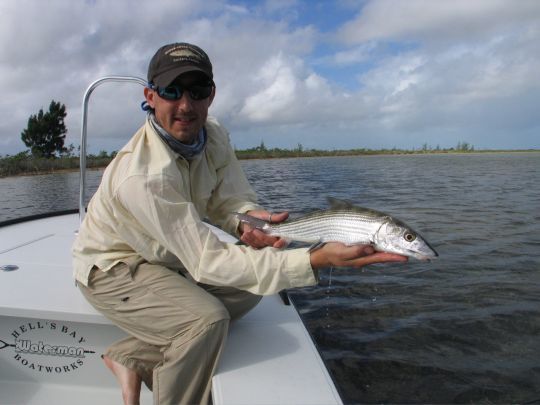
Tarpon fishing
Tarpon can be found in most of the Caribbean destinations mentioned above. Baby tarpon (tarpon weighing less than 40 kg) are caught in lagoons, channels and along mangrove edges, while larger specimens are often sought on the flats during their migration (April to June).
The best-known destinations are Florida and the Keys (Islamorada, Marathon, Key West, etc.), Cuba, Belize and Mexico. Costa Rica and Nicaragua also catch very large tarpon at river mouths. In Africa, Gabon is a world-renowned destination for these very large specimens weighing over 150 pounds, and some places are ideal for fly fishing.
Tarpon are fished mainly from boats with small fish imitations, marine worms and colourful incentive flies. They often travel in small schools in search of food.
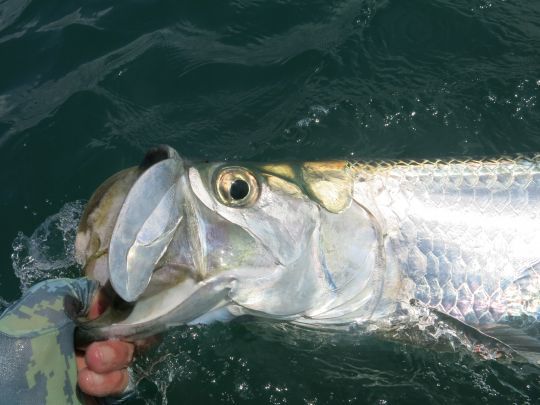
Permit fishing
Permit is one of the most sought-after species among flats fishing aficionados, especially experienced anglers who are attracted by the challenge.
It is a very wary fish and very often refuses to take our flies.
It feeds on shrimp and crabs, like bonefish but larger and on deeper flats.
The best-known destinations for this species are Mexico's Ascencion Bay, Belize, Cuba and Florida.
In the Indian Ocean, another species of permit can also be caught. This is the yellow permit or Indo-Pacific.
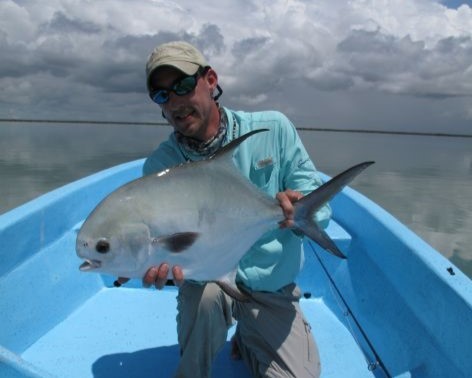
Carangue fishing
Jacks are found throughout the warm seas, particularly in the Caribbean. They are very aggressive fish that hunt in schools of small forage fish, but can also feed on shrimps and crabs.
There is a wide variety of species that live and behave quite similarly. They are often referred to as Jacks. The most commonly caught are the Crevale (hippos), and the Horse-eyed jack, but there are also the Blue jack, Papuan jack, "Golden" jack, etc...
GT (Giant Trevally) or Ignobilis trevally are mainly caught in the Indian Ocean, particularly in the Seychelles, Christmas Island, Madagascar and the Maldives. They are highly sought-after for their combativeness and size, which can exceed 50 kg! Their smaller cousin, the blue trevally, also lives in these waters.
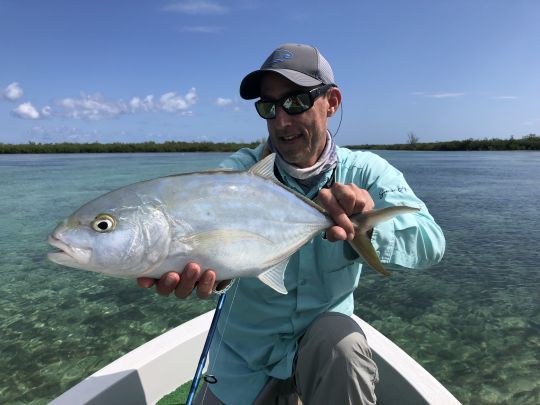
Barracuda fishing
Barracuda can be found just about everywhere in the warm sea too, and there are no flagship destinations for this species. If you want to catch big ones, you need to spend some time there and find the guide who knows where these predators are. They are often found in rocky areas close to intermediate zones between deep water and flats. Juveniles are often found on the flats or at the edge of the mangroves.
This is a very large predator that can be fished with fish imitations, especially needlefish, which they regularly stalk. You absolutely need a steel leader to catch these fish with their many sharp teeth!
There are, of course, many other species that can be caught on the fly at these same destinations, such as snook, snappers, triggerfish, Spanish mackerel and many more species to discover.






